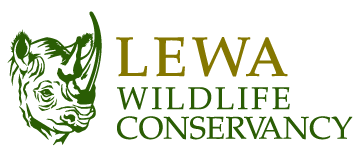We are thrilled to announce that the rhino notching and transmitter fitting exercise that took place across the Lewa-Borana landscape in March was a huge success.
We exceeded our intended goal of notching 40 rhinos to notch 42 and also fitted 7 LoRa (long-range) transmitters.

Notching and fitting transmitters is a vital part of rhino conservation, as it allows for better tracking and monitoring of these animals. The exercise culminated with the birth of a black rhino, bringing the total population of rhinos in the Lewa-Borana landscape to 256.
The dedication and hard work of the professionals involved in the partnership are truly commendable. These conservation efforts from the Kenya Wildlife Service (KWS), Wildlife Research and Training Institute (WRTI), Lewa, and Borana Conservancy will undoubtedly have a significant impact on the preservation of these endangered species and their habitats.

About Ear Notching and Its Importance
Ear-notching is an adopted and verified system that provides rhinos with markings on specific areas of the ears, where each animal gets a unique code (number) to enable positive identification.
A rhino that cannot be identified through notches and other conspicuous body features is referred to as a ‘clean’ rhino. Kenya’s Black Rhino Action Plan, 2017–2021: Strategic Objective 2: Biological Monitoring and Management Output 2.1 states that at least 99% of the national rhino population should be confirmed annually, backed by regular ear notching to ensure that individuals can be reliably identified by the monitoring teams to provide accurate and reliable population estimates.
The ear-notching candidates were pre-selected by the Lewa-Borana team based on details regarding their territories and individual attributes such as age, size, ID, and sex. They specifically chose rhinos that were three years old or older and independent. This selection criteria aimed to mitigate the risks linked to the separation of dependent calves from their mothers after immobilisation, ensuring the safety and well-being of the young rhinos.







